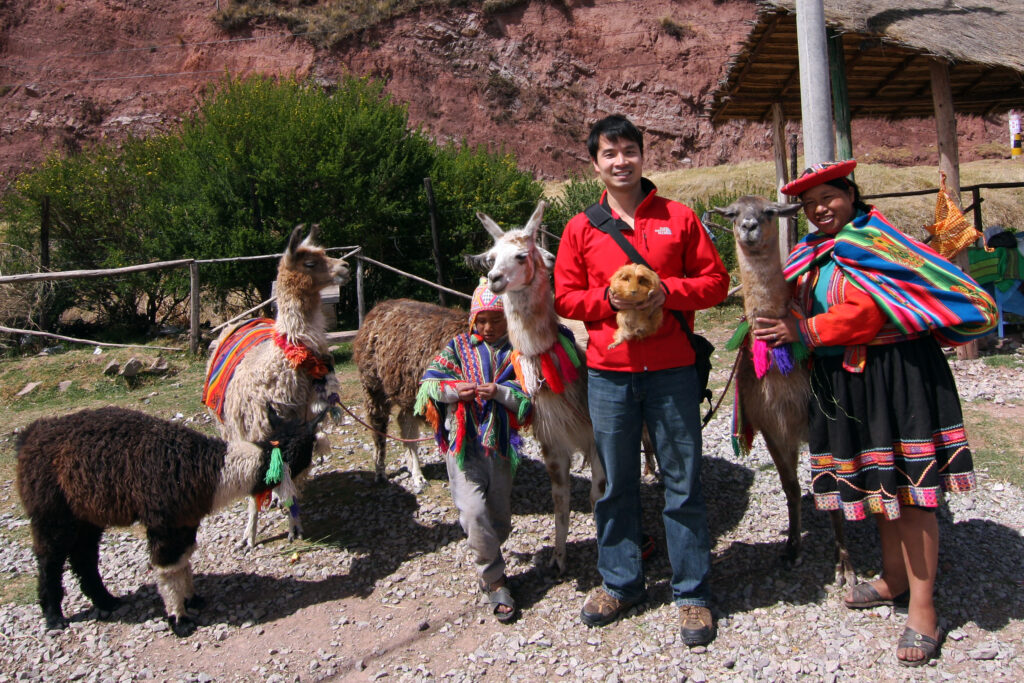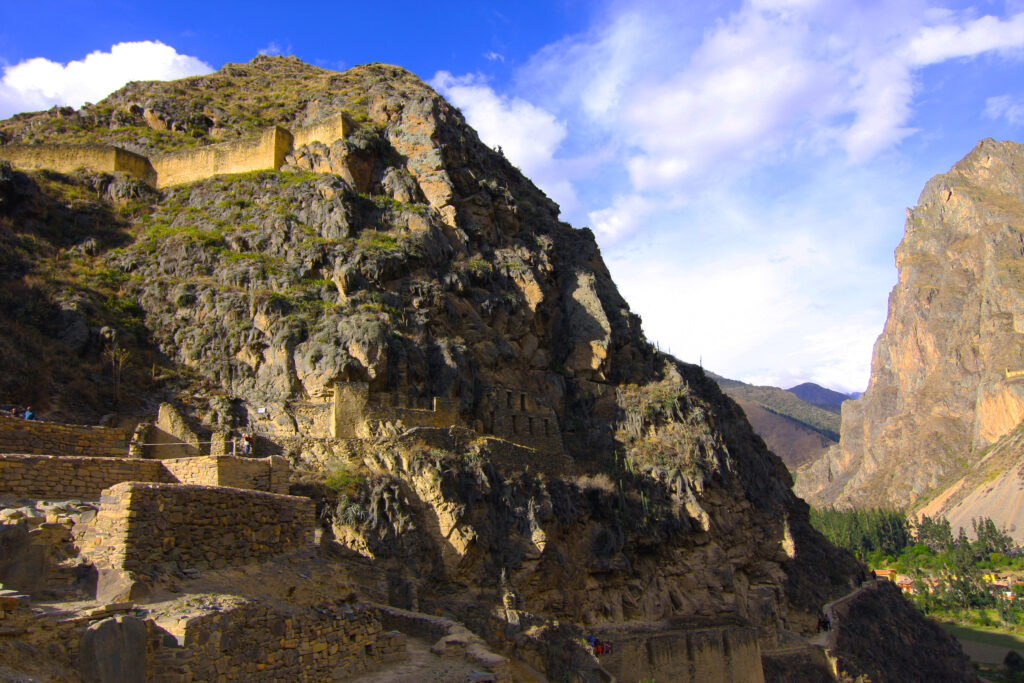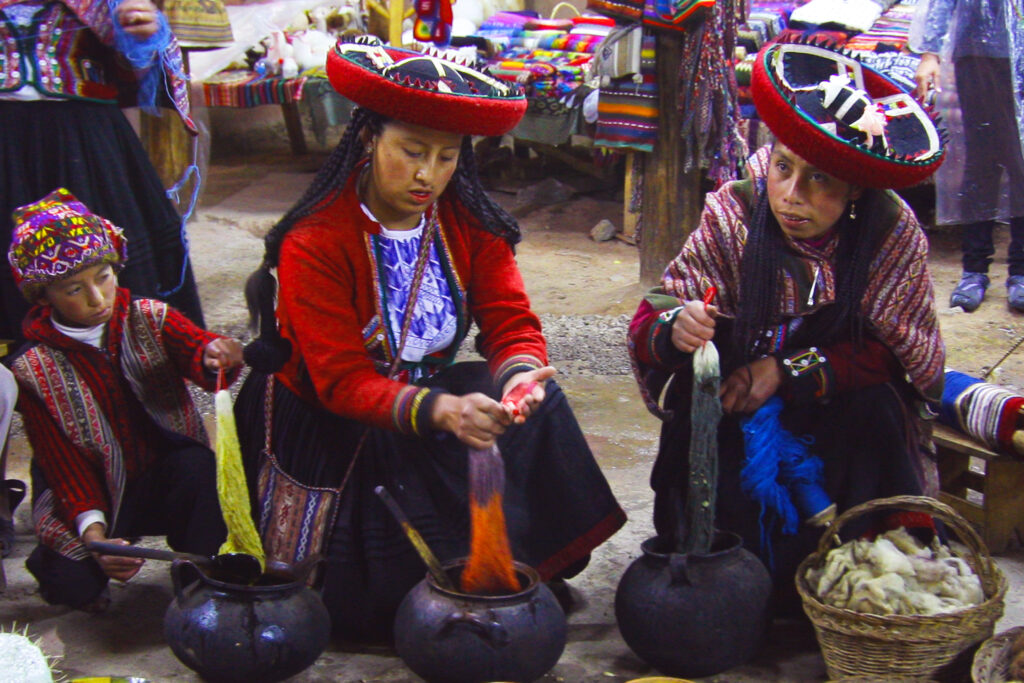October 4, 2014
Top of the Mountain: A Hike to Machu Picchu (Part 2)
By Simon J. Lau
Things are still going smoothly. My father and I embarked on an all-day tour of historic sites in and around Cuzco. This included Pisac, Ollantaytambo, and Cinchero Church. Below are some pictures from today.

This is a view of the Sacred Valley, once the epicenter of the Inca Empire. It is flanked by the Urubamba River and many of the places we planned to visit today are within this area.

Here’s my attempt at taking a photo with a guinea pig, llama, and their owners. I once had a guinea pig like the one featured here. His name was Boris, mostly brown with some dark spots of black on his head and body. In case you missed it, the kid here clearly wasn’t interested in the photo at all. I can’t blame him. It was pretty hot outside, and I’m sure after the first few photos of the day, it was hard for a kid to keep up the act.


Finally, we were also introduced to the weaving and dying process for traditional Peruvian clothing. In this case, we were shown how llama, alpaca, and goat fibers are dyed and woven to create a poncho. The clothing here appeared to be of much higher quality than I have encountered elsewhere. Unfortunately, since we are leaving for Machu Picchu tomorrow, there was no room for us to carry back any of these as souvenirs. I did consider it though!




Comments are closed.